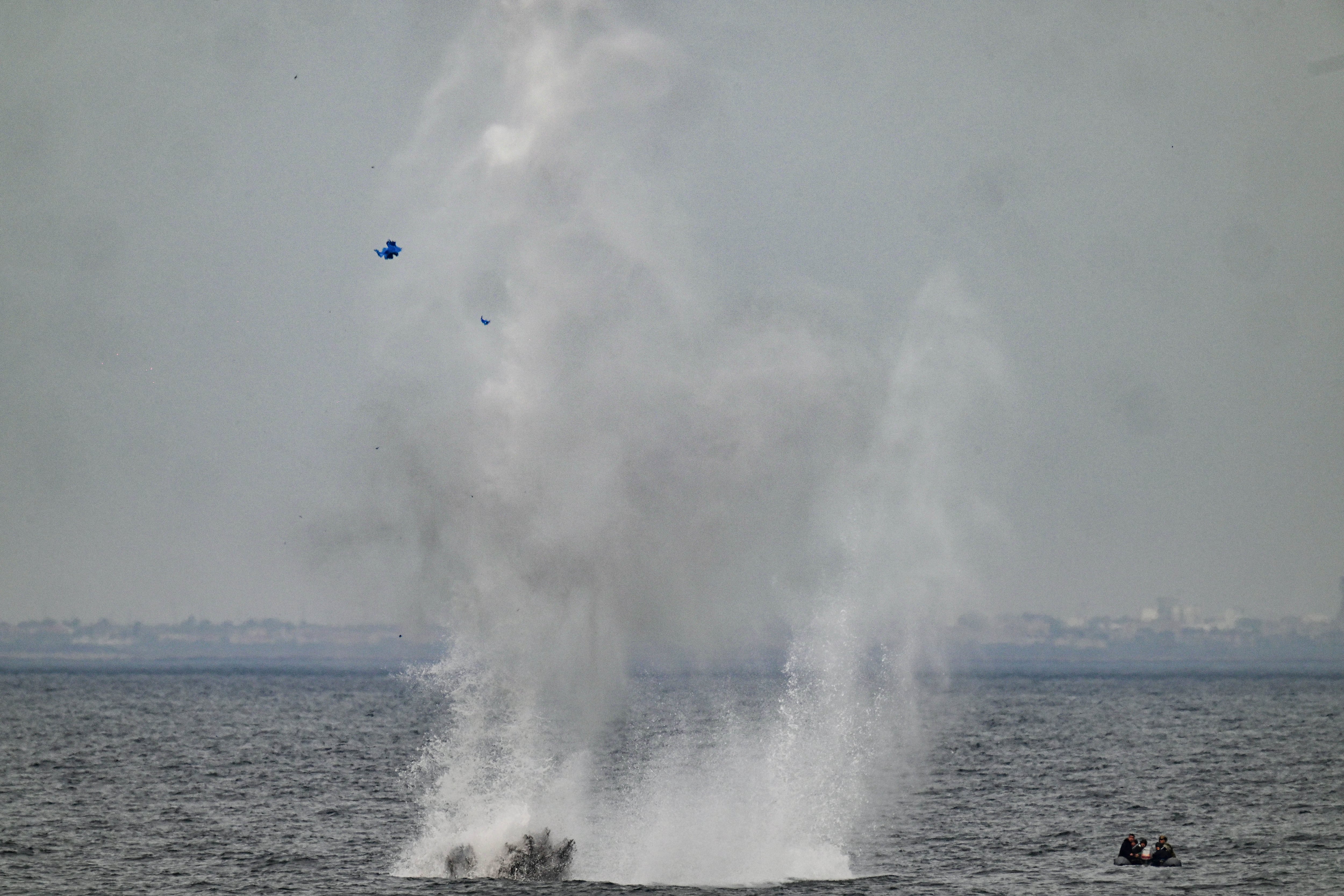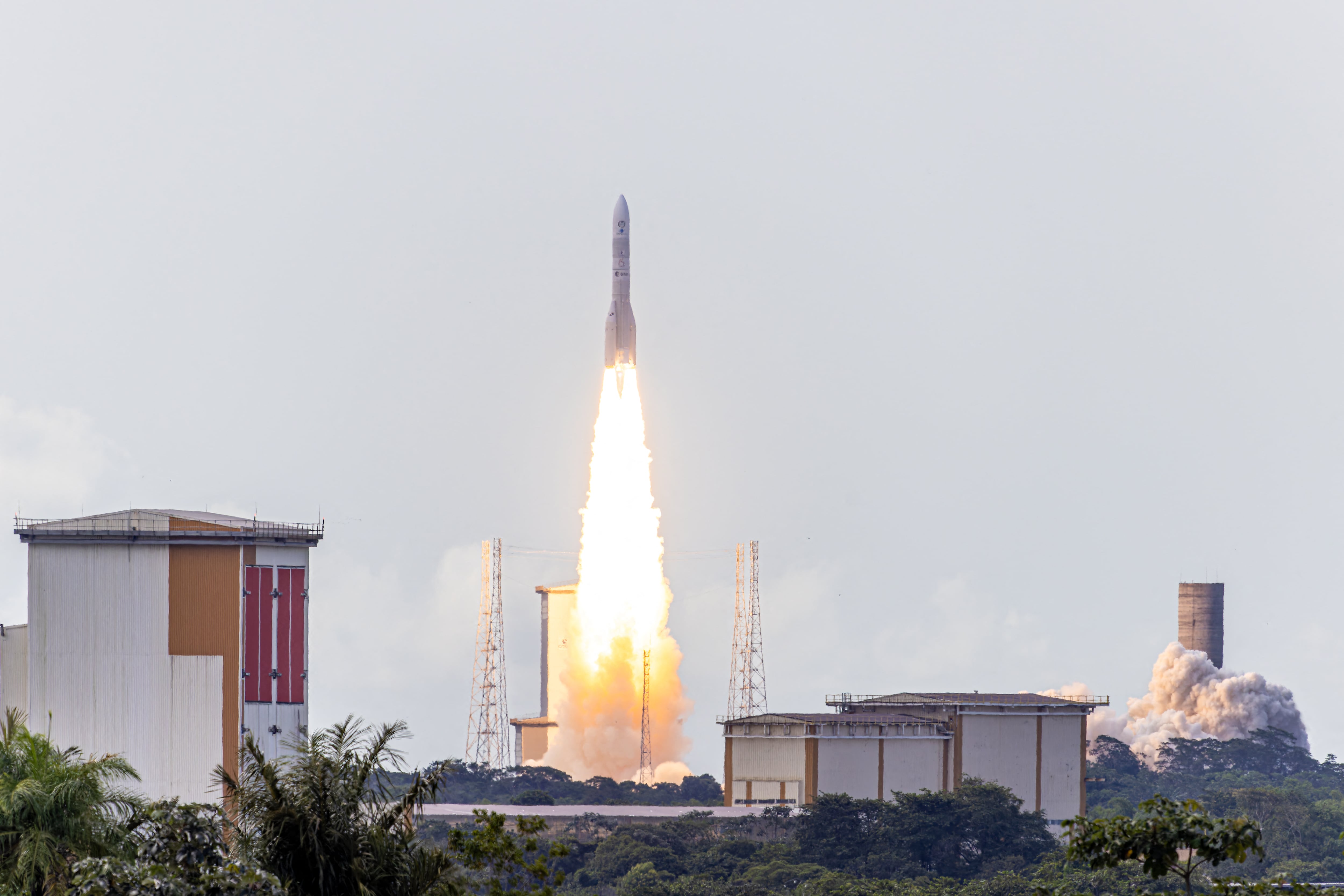Well, the election season is over and the period of speculation has begun. What does the 45th presidency have in store for our nation's defense and, more specifically, the cyber domain? Officials, industry experts, pundits and individual practitioners have all begun to look ahead and pontificate as to what changes are likely to take place.
Some are quick to point to the stock market and the defense sector's response. Some defense sector analysts raised their view on the performance of the aerospace and defense industry sectors. As with most complex situations, the span of opinions runs a very wide gamut.
Many are of the opinion that President-elect Donald Trump will be very pro-defense in general. Some have even been quick to point to the level of technological sophistication of Trump's buildings as an indicator of the potential focus of the military changes that are likely. The modernization of the military has been a popular topic for years. Coverage of the dramatic and rapid evolution of the cyber domain and its challenges also has been widespread.
Discussions of an increase in defense spending are rampant. Analysts translate that to increases in research and development spending and rebuilding/updating the U.S. military’s firepower. What has not been talked about (for good reason) are updates and improvements in our collection and analysis of intelligence in near-real time. While not openly discussed, many believe this, too, is likely.
With all of this speculation, talk of a new arms race has also begun to pop up. At this point in time, it is all conjecture. After all, sequestration must first be brought to an end! The only thing that appears to be certain is that change is afoot, and it is going to be far different from what has been experienced in the past — especially in relation to cyber.








